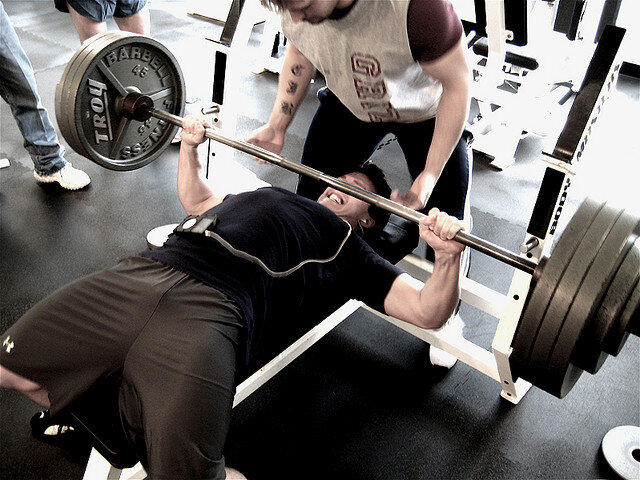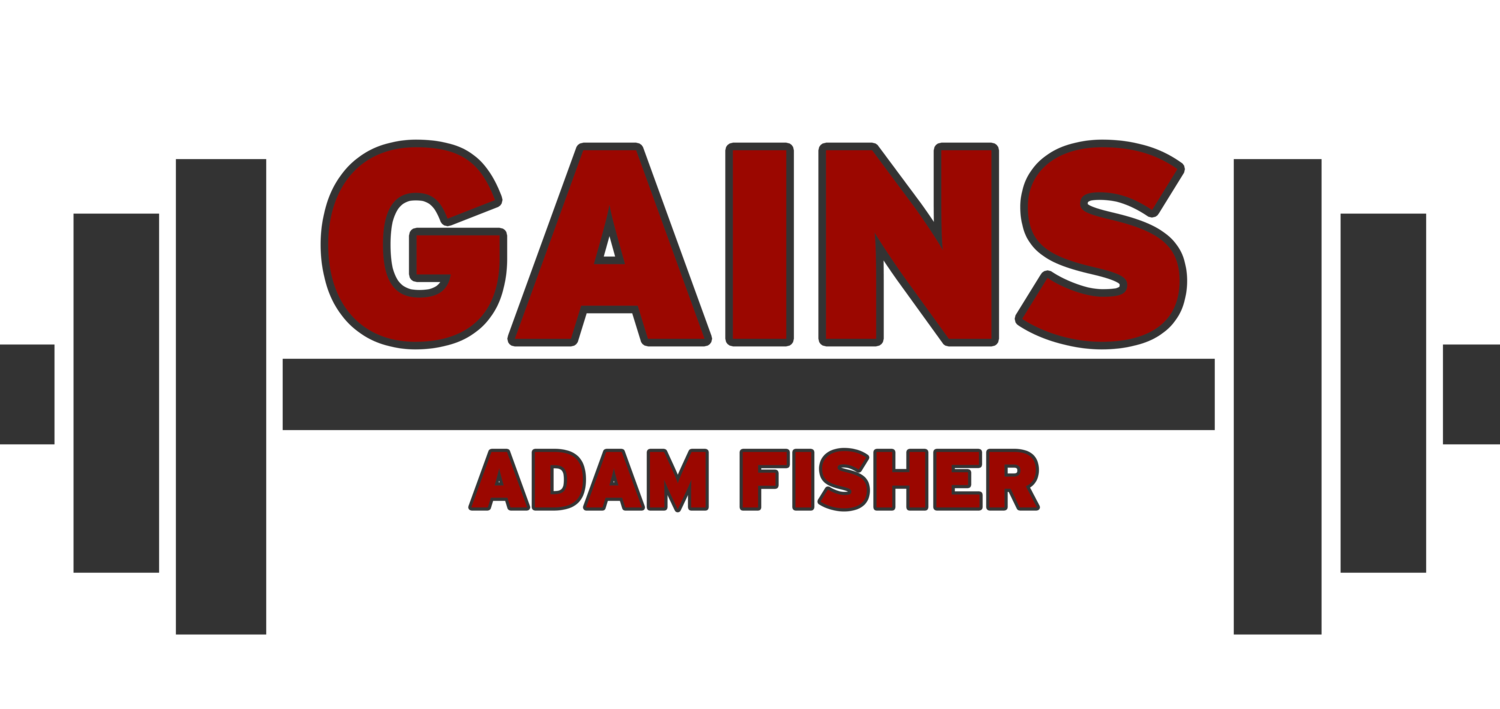

A Humble Proposal: Factoring Percentage of Reps Into Reps In Reserve Calculations
RPE (ratings of perceived exertion) and RIR (reps in reserve) can be useful training tools for some sports where the goal is to train to failure or near failure, but there is no catch-all number that works for all exercises. Generally, RPE is used for managing heavy efforts of weight or reps, and not for exercises where training to failure or near failure would inhibit the continuation of training like working on endurance for running a marathon. Instead of static numbers, RPE/RIR can function as a percentage of total effort to be applied to a wider range of workouts.

Why Is Lifting Weights Objectively More Fun?
Resistance training is the most fun and empowering way to train because strength gains are more immediate, noticeable, and can be easily tracked. Progress and results that are more nebulous and subjective do not give the same sense of accomplishment, which is why making fitness goals around something that constantly fluctuates like bodyweight is generally unsatisfying. Strength training and other skill based exercises can help people live the lives they want to, and it’s important to find what works best for your life and body.

Are You Wasting Your Beginner Gains?
“Beginner Gains” aren’t a one-time phenomenon - it’s a process that happens whenever you start practicing a skill or exercise your body is unfamiliar with or change up your training programming. Hitting plateaus generally happen when people meet their body’s natural point of diminishing returns or when they’ve exhausted whatever program they’re using that wasn’t necessarily made for longterm progress. Diminishing returns will happen to everyone. Although the progress will not be as dramatic as what you see during the beginner gains period, the most reliable way to keep growing is putting in more time and effort working out.

Every Pushup
Pushups are a versatile bodyweight exercise to strengthen the chest, arms, and shoulders that can be easily scaled to suit the level of anyone from beginner to advanced. Different positions can be utilized to change difficulty. Elevating the upper body, like doing countertop pushups, allows for lighter than bodyweight pushups. Elevating the feet, changing position, or attempting single arm pushups increases difficulty.

How Fast Should You Lift?
It’s commonly believed that slower reps produce better results, though recent research strongly contradicts this old school wisdom. While high speed reps generally produce better results, there are still some caveats and nuances to understand. Understanding these nuances will help you understand when to apply purposefully fast reps, and when it may help to slow things down a bit.
